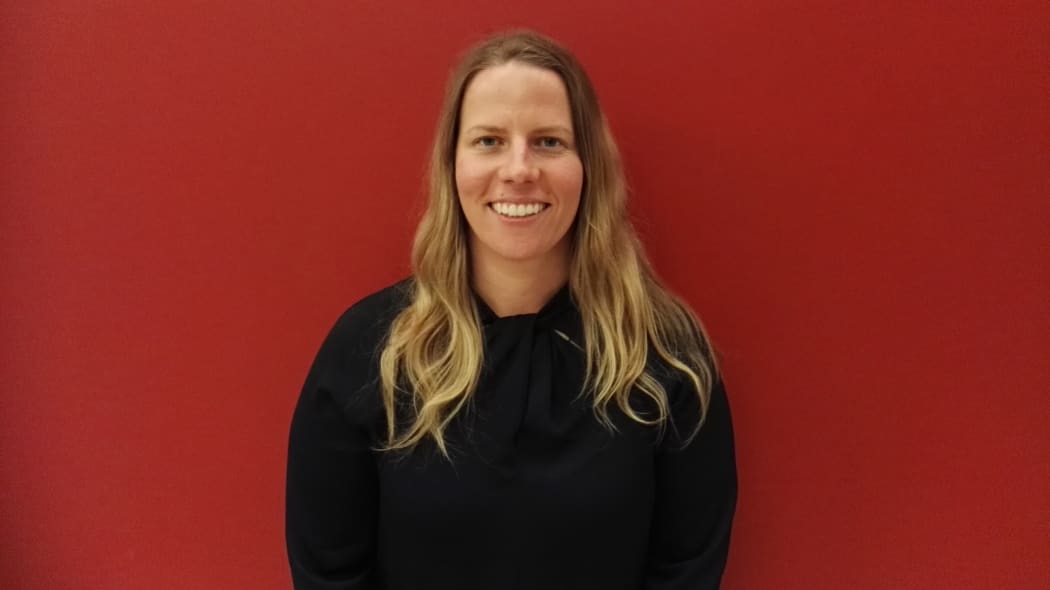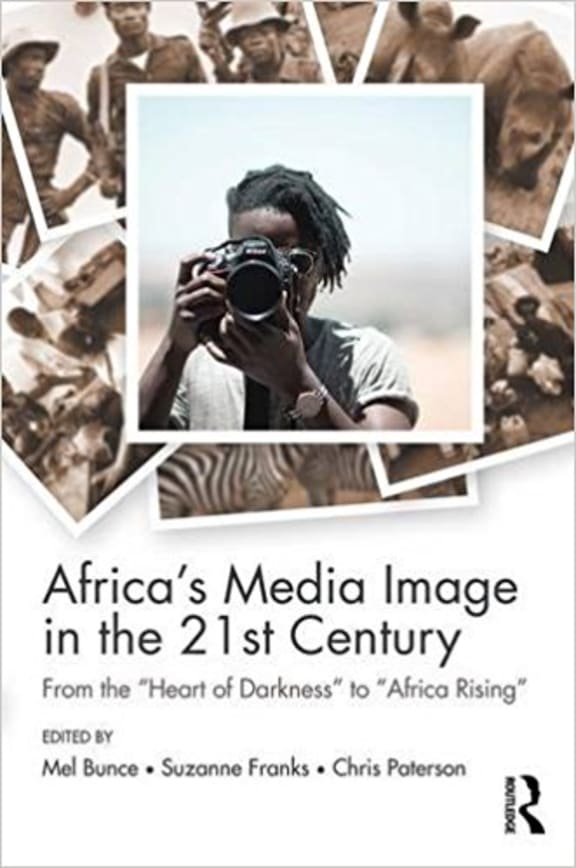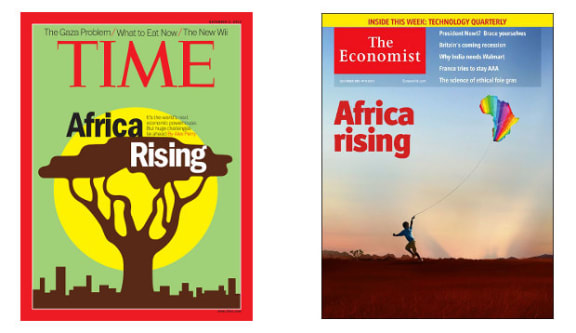New Zealand media scholar Melanie Bunce finds the world’s media are slowly getting past stereotypes of death, disease, corruption and poverty that have characterised coverage of Africa in the past. But much of what's happening across Africa still remains absent in our news media.

Melanie Bunce, senior lecturer in journalism at City University, London. Photo: RNZ / Jeremy Rose
It wasn't the first time people in the UK had seen shocking images of people starving in Africa on the TV news. But that was one of the things that made Michael Buerk's report from northern Ethiopia on October 23, 1984 a broadcast that changed history.
He'd reported on famine in the town of Korem four months earlier. This time it was far worse.
The starvation in the stark scenes captured by pioneering Kenyan cameraman Mohammed Amin - later played on more than more than 400 TV stations around the world - could have been prevented.
That night BBC newsreader Julia Sommerville later told viewers there had been a strong reaction to the pictures but aid agencies on the ground were angry that governments had done little to help.
Also angry about what he saw that night was was Bob Geldof, who was inspired to launch fundraisers Live Aid and Band Aid - and later the One Foundation charity and the Make Poverty History campaign.
The coverage - and the reaction - was also a watershed for how aid agencies thought about images of disaster.
A UN review called Images of Africa concluded part of the Live Aid legacy was "to link famine with Africa and Africa with famine, reducing a continent of 57 countries, nearly 900 million people and varied cultures and religions to a single, impoverished place."
In 1992, American academic Beverley Hawk and other scholars examined that in depth for the first time in a book called Africa's Media Image.
She concluded standard journalistic practice in the developed world presented a "relentlessly negative" view of Africa.

Photo: supplied
25 years later, New Zealand journalism scholar Melanie Bunce - formerly a journalist at the Otago Daily Times - has co-edited a follow-up called Africa’s Media Image in the 21st Century: From 'the Heart of Darkness' to 'Africa Rising'.
"I grew up in Dunedin reading the paper and listening to the radio. Those words created what I thought about the world. We travel more now and meet more people but we still learn about other countries from the media and its second-hand information," Melanie Bunce told Mediawatch.
She interviewed foreign reporters who report from Africa as well as African journalists reporting Africa to the world - among them Mohammed Amin's son Salim, who now runs the agency Camerapix his father founded. It continues to provide the global news media with crucial images of Africa today.
Melanie Bunce - who teaches journalism at London's City University - also analysed the reporting of Africa in the western press to see if that image of Africa as one single stricken continent persists a quarter of a century since Beverly Hawk's book.
"There's been a profound change in Africa's media image," she says. "There's been huge growth in stories about business opportunities and economic development," she says.

Two cover stories which became landmarks in the effort to modernise media coverage of African affairs. Photo: screenshot
She says a cover story in The Economist in 2001 called 'Africa Rising' was influential.
"Lots of news organisations followed suit. We saw lots more business news and far less news focusing just on humanitarian crises and conflict," says Melanie Bunce.
In the book, British TV presenter Zeinab Badawi - originally from Sudan - says the searing images famine in 1984 created an "impression of helplessness" and of problems that were only eased by First World aid agencies swooping in.
She says it even stereotyped African migrants living in the West as "needy outsiders” who were assumed to have fled poverty and deprivation.
Melanie Bunce says she has a point.
"In Michael Buerk's long news report, no a single local person speaks. It's all him and a Dutch woman from Medicins San Frontieres. In the background the suffering and dying Ethiopians are not talking or representing their own situation. There's been an incredibly welcome change," says Melanie Bunce.
Today, TV coverage of crises in Africa are more likely to feature local officers of NGOs and aid agencies. More international news agencies deploy local journalists to cover the news.
"Sometimes that's just an economic thing. It's cheaper to hire or contract someone than send someone but it creates more diversity in who is speaking," says Melanie Bunce.
Melanie Bunce and researchers analysed European news coverage of Africa, and classed stories as either 'negative' or 'positive'.
Stories highlighting conflict or disease were 'negative'. But surely bad news is till important news even if it makes a country - or the continent - look bad?
"Yes it is a blunt measure," she concedes.
"But broadly speaking the trends are so sharp that it's fair to conclude the coverage is now more positive and the range of topics is more broad," she says.

